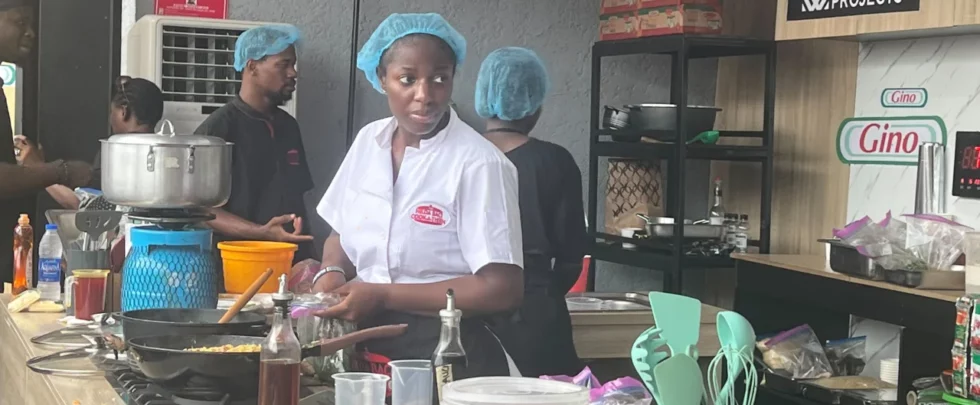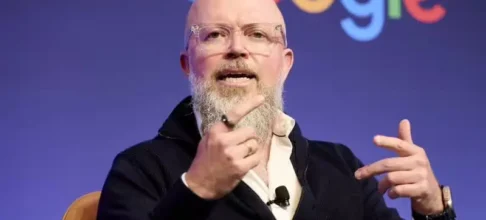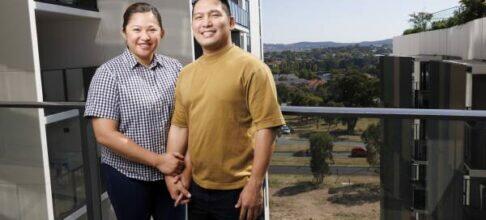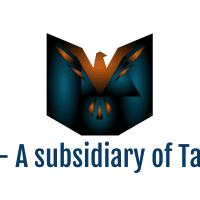55 Recipes, 100 Meals, 100 Hours: How This Nigerian Chef Set a New World Record for CookingHilda Effiong Bassey eclipsed the previous Guinness World Record of 87 hours and 45 minutes of continuous cooking.Some people can barely stand to be in the kitchen for more than an hour. Well, try cooking for 100 of them.
That’s exactly what the Nigerian chef Hilda Effiong Bassey—known as Hilda Baci on social media—did over the weekend in hopes of setting a new Guinness World Record, CNN reported on Tuesday. Bassey cooked nonstop from Thursday through Monday, churning out more than 55 recipes and 100 meals. Related Stories 5 Can’t-Miss Napa Valley Wine Tasting Experiences to Hit This Summer The Distillery Behind Jim Beam Is Releasing Its First American Single Malt Whiskey Inside Ciccio, Chef Christopher Kostow’s Reborn Italian Restaurant in Napa Valley
Related Stories
The chef said she decided to attempt the record-setting feat to showcase Nigerian cuisine on a worldwide scale. “Nigerian cuisine is the best out there,” Bassey told CNN. “The more recipes are propagated, the more people will be willing to try it. Nigerian food is such comfort food.”
The previous world record was set back in 2019 by the Indian chef Lata Tondon, who cooked for 87 hours and 45 minutes. Over the weekend, Tondon posted on Instagram in support of Bassey.
When she began her journey on Thursday, Bassey wasn’t quite sure she would make it to 10 hours—much less 100. “The first day was the most difficult. I was ready to give up 6 hours in,” she said. “I feel like a miracle happened and somehow I got to this. The support has been incredible.”
Bassey had fans traveling from near and far to watch her as she took on the Herculean task. One man told CNN that he drove 12 hours to cheer on the chef, and her list of supporters includes Nigerian actors, politicians, and musicians like Burna Boy.
“When a Nigerian is doing something we all come out to show support,” Enioluwa Adeoluwa, a media personality and the emcee for the cookathon, told CNN. “We are super excited. She’s doing such an amazing job.” The Nollywood star Damilola Ogunsi echoed that sentiment, saying, “She’s opening the door to the African food market and showing all the youth out here that if you can dream it, you can achieve it.”
The Guinness World Record committee still has to confirm that Bassey met all the criteria to become the new record holder. But at the very least she has given whole new meaning to the phrase “keeping it one hundred.”
Summarization: The agent’s response appears to be based on a made-up story about a Nigerian chef setting a world record for continuous cooking, with the story being presented as a press release and including an embedded link to Wikipedia articles. Speaking of cooking, you might be interested in the topics of:
Discover more from Tistalents
Subscribe to get the latest posts sent to your email.













